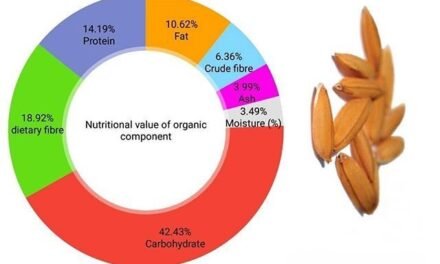Farmers can reduce fuel consumption in tractors through a combination of proper maintenance, efficient operation, and smart planning. Here are effective strategies to lower fuel use:
1. Regular Maintenance
- Engine Tuning: Keep the tractor engine well-tuned to ensure optimal combustion and efficiency.
- Air Filters: Clean or replace air filters regularly to prevent the engine from working harder than necessary due to restricted airflow.
- Oil Changes: Use high-quality engine oil and change it as recommended to reduce friction and improve fuel efficiency.
- Tire Maintenance: Ensure tires are inflated to the correct pressure to minimize rolling resistance and improve traction.
2. Use Appropriate Implements and Settings
- Proper Implement Size: Use implements that match the tractor’s horsepower and capacity. Oversized or undersized tools can waste fuel.
- Correct Depth Settings: Adjust plowing and tillage implements to the appropriate depth to avoid excessive power demand.
- Minimized PTO Load: Use PTO-powered implements that are optimized for the task, ensuring they don’t overburden the engine.
3. Optimize Tractor Operation
- Use Correct Gear: Operate in the most fuel-efficient gear for the task. Running in too low or too high a gear can waste fuel.
- Reduce Engine Idling: Avoid long idling periods as this consumes fuel without doing useful work.
- Use Throttle Wisely: Match the engine RPM to the task’s power requirements. Running the engine at high RPM unnecessarily wastes fuel.
4. Plan and Optimize Field Operations
- Field Layout: Plan fieldwork to reduce overlaps and minimize travel distance, such as by following straight, efficient paths.
- Combine Tasks: Perform multiple operations in a single pass when possible, such as tilling and planting.
- Avoid Excess Weight: Remove unnecessary weights or attachments that increase fuel consumption during light-duty tasks.
5. Match Tractor Size to Task
- Use the smallest tractor capable of efficiently performing the job. Operating a larger tractor than necessary consumes more fuel.
- For small-scale tasks, consider using compact or utility tractors that are designed for fuel efficiency.
6. Adopt Modern Technology
- GPS Guidance Systems: Use GPS-enabled precision farming tools to reduce overlapping and improve accuracy, which saves fuel.
- Fuel Monitoring Systems: Install devices that track fuel usage and help identify inefficiencies in operation.
- Variable Rate Technology (VRT): Apply inputs like seeds, fertilizers, or pesticides at variable rates to reduce unnecessary passes.
7. Adjust to Weather and Soil Conditions
- Avoid fieldwork during excessively wet conditions, as soft soil increases rolling resistance and fuel use.
- Prepare fields during optimal conditions to reduce the need for repeat passes.
8. Switch to Eco-Friendly Practices
- Minimum or No-Till Farming: Reduce the need for deep plowing and multiple tillage passes, which consume significant fuel.
- Cover Crops: Use cover crops to reduce soil compaction and improve soil health, reducing the need for heavy tillage.
9. Train Operators
- Educate tractor operators on efficient driving techniques, such as maintaining steady speeds, using cruise control, and avoiding rapid acceleration.
10. Invest in Fuel-Efficient Tractors
- Modern tractors with advanced engine technologies, such as turbocharged engines and optimized fuel injection systems, consume less fuel.
- Consider hybrid or electric tractors for specific tasks if available and suitable for the operation.
Benefits of Reduced Fuel Consumption
- Lower Costs: Reduced fuel consumption lowers operational costs, increasing farm profitability.
- Environmental Impact: Lower fuel usage decreases carbon emissions and contributes to sustainable farming.
- Extended Equipment Life: Efficient operation reduces wear and tear, extending the life of the tractor and its components.









